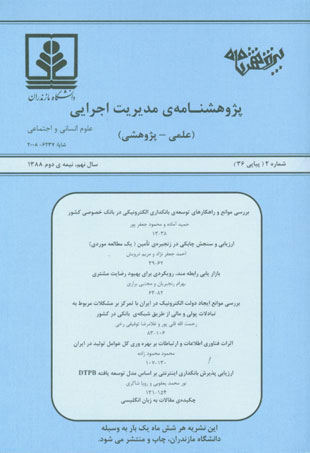Structural Changes in Religious Places of Islamic Cities
Author(s):
Abstract:
There is a specific relationship between Islam and urban life. Dissemination of Islam is represented by the development and progress of urban life. Islamic history began with the foundation and establishment of different kinds of cities. Religious places are regarded as fundamental elements of Islamic cities and Islamic culture. The present article studies the transitional phases from a classical model of Islamic city to an entirely different model. The classical model represents a city in which there is a central place for political and religious congregations (masjed-e-jame) and in which the Islamic government supports justice and denounces all forms of cultural and social discrimination. The latter is an expression of a city which enjoys different religious places and a palace which is the central part of the city government and in which the relations between political and religious figures are cut off.
Language:
Persian
Published:
Journal of Humanities and Social Sciences, Volume:1 Issue: 3, 2002
Page:
161
https://magiran.com/p96763


